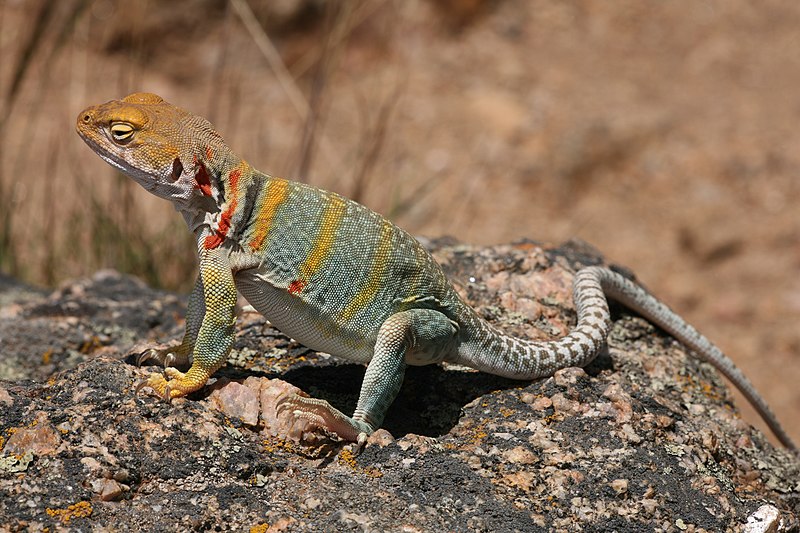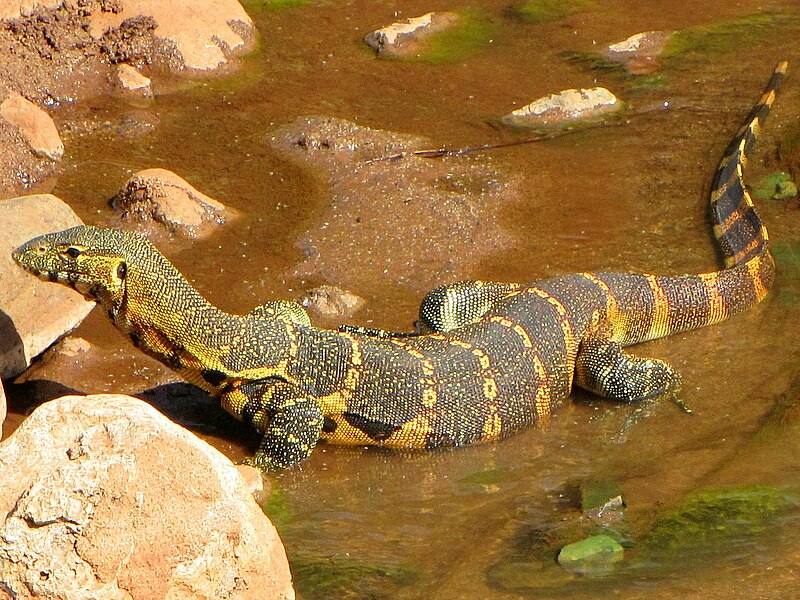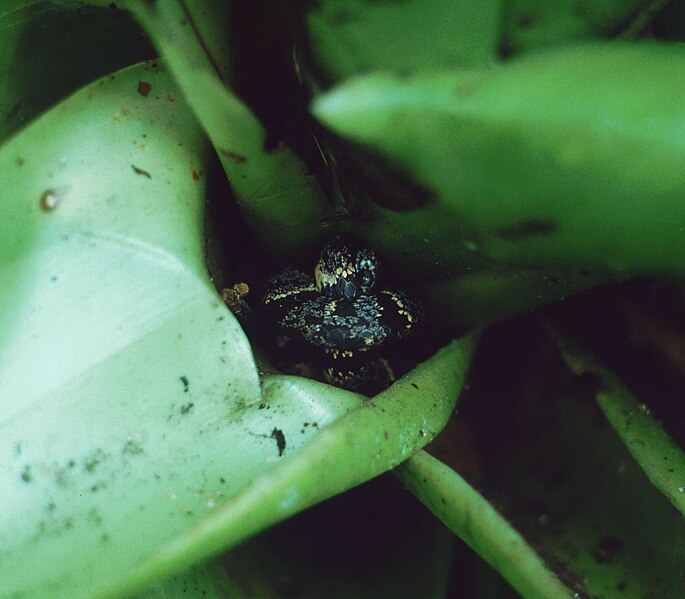 The 8-14 inch-long Collared Lizard, Crotaphytus collaris, is one of North America’s most colorful reptiles. Alert and active by day, Collared Lizards housed in planted desert terrariums make for stunning displays. They also possess distinct personalities, accept gentle handling, and, being relatively easy to breed, are now available in a variety of interesting color phases and patterns. The following information can also be applied to the related but less-commonly kept Leopard Lizard, Gambelia spp.
The 8-14 inch-long Collared Lizard, Crotaphytus collaris, is one of North America’s most colorful reptiles. Alert and active by day, Collared Lizards housed in planted desert terrariums make for stunning displays. They also possess distinct personalities, accept gentle handling, and, being relatively easy to breed, are now available in a variety of interesting color phases and patterns. The following information can also be applied to the related but less-commonly kept Leopard Lizard, Gambelia spp.
Taxonomy, Range, and Habitat
Nine species of Collared Lizard have been described. In the pet trade, the name “Collared Lizard” is most frequently applied to Crotaphytus collaris. Five subspecies of Crotaphytus collaris range from the central and southwestern USA to central Mexico. The Eastern Collared Lizard, Crotaphytus c. collaris, is the subspecies most commonly kept in captivity. Its range extends from southern Missouri through northern Arkansas and southwest to central Texas. Different Collared Lizard species hybridize in captivity and the wild.
The related Leopard Lizards (3 species, please see photo) have been reassigned to the genus Gambelia.
Collared Lizards are usually found in rocky deserts, overgrown thorn-scrub and other arid habitats. Read More »
 That Reptile Blog – Reptile, Amphibian and Exotic Pet Care and Information
That Reptile Blog – Reptile, Amphibian and Exotic Pet Care and Information




